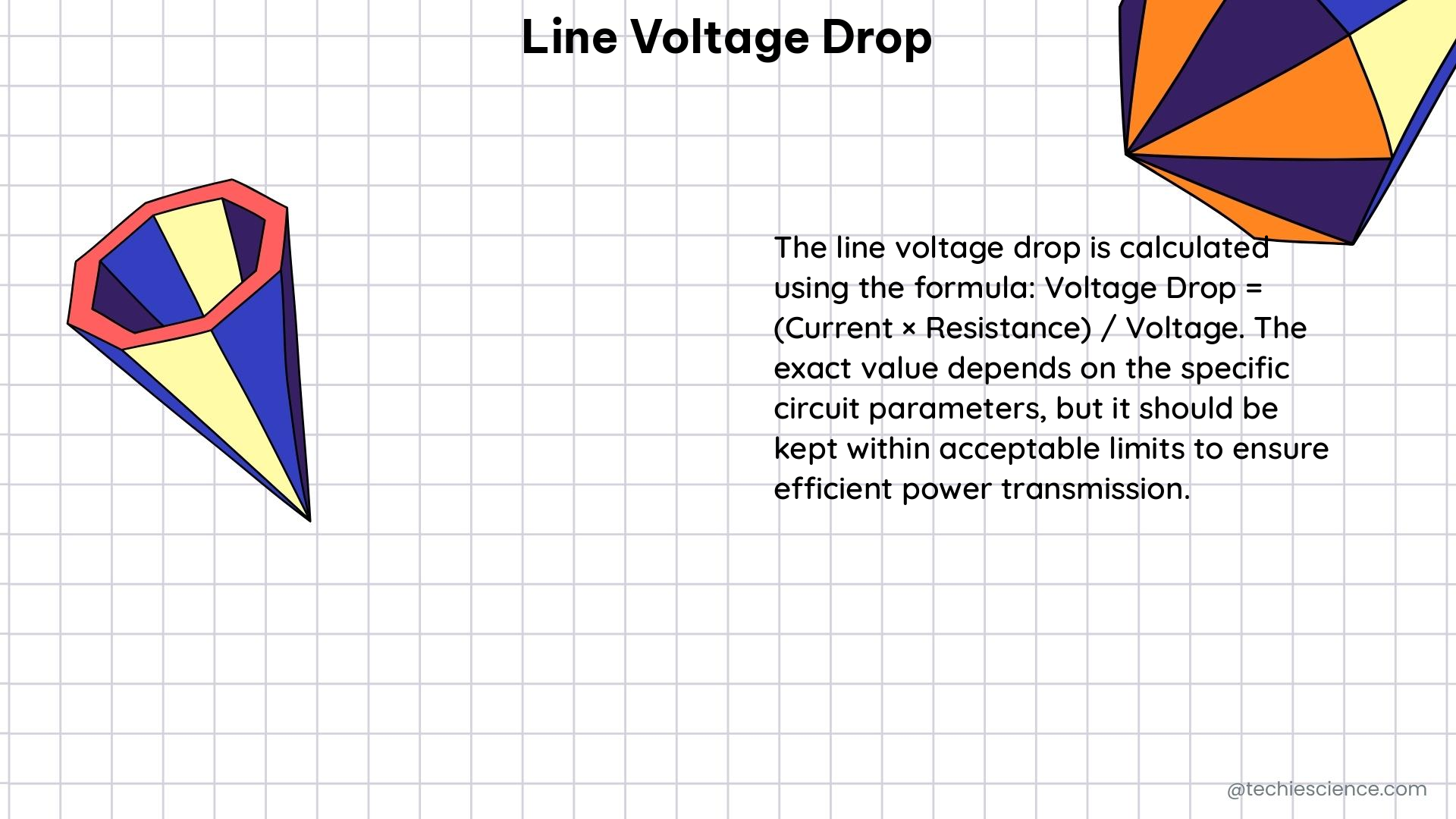Transformer tap voltage is a critical parameter that determines the voltage level at different tap positions of a transformer. Understanding and managing transformer tap voltage is essential for electronics students to ensure the proper operation and maintenance of transformers in various applications. This comprehensive guide will delve into the technical details and provide a hands-on approach to mastering transformer tap voltage.
Understanding Transformer Tap Voltage
Transformer tap voltage refers to the voltage level at different tap positions of a transformer. The voltage level can be adjusted by changing the taps, which in turn changes the turns ratio of the transformer. The transformer tap voltage can be calculated using the formula for the turns ratio:
Vsecondary/Vprimary = Nsecondary/Nprimary
where Vsecondary is the secondary voltage, Vprimary is the primary voltage, Nsecondary is the number of turns in the secondary winding, and Nprimary is the number of turns in the primary winding.
To increase the secondary voltage, the turns ratio must be decreased, which can be achieved by selecting a tap with fewer turns on the primary winding. Conversely, to decrease the secondary voltage, the turns ratio must be increased, which can be achieved by selecting a tap with more turns on the primary winding.
Tap Configurations and Voltage Adjustment
Transformers can have various tap configurations to accommodate different voltage requirements. The most common tap configurations are:
-
5-Position Tap Configuration: This configuration has two taps above and two taps below the nominal rating, allowing for instances where the supply is either higher or lower than the transformer’s nominal rating.
-
7-Position Tap Configuration: This configuration includes two taps above and four taps below the nominal rating, allowing for a supply voltage which is within 5% above and 10% below the nominal voltage rating.
The voltage level at each tap position can be calculated using the turns ratio formula. For example, a transformer with a nominal rating of 480V and a 5-position tap configuration may have the following tap voltages:
| Tap Position | Voltage Level |
|---|---|
| +5% | 504V |
| +2.5% | 492V |
| Nominal | 480V |
| -2.5% | 468V |
| -5% | 456V |
It’s important to note that the actual voltage levels may vary slightly due to factors such as load, temperature, and transformer design.
Measuring Transformer Tap Voltage
The transformer tap voltage can be measured using two main methods:
-
Voltage Transformer: A voltage transformer is connected to the transformer terminals and measures the voltage level at each tap position. This method provides a direct and accurate measurement of the tap voltage.
-
Multimeter: A multimeter can also be used to measure the voltage level at each tap position by connecting the multimeter leads to the transformer terminals. This method is less accurate than using a voltage transformer but can still provide a reliable measurement.
When measuring the transformer tap voltage, it’s essential to ensure that the transformer is under load to obtain accurate readings. The voltage level may vary depending on the load conditions, so it’s recommended to measure the tap voltage under the expected operating conditions.
Calculating Transformer Tap Voltage
In addition to direct measurement, the transformer tap voltage can also be calculated using a transformer tap changer calculator. These calculators are available online and can be a valuable tool for electronics students.
The calculator takes the measured primary voltage and calculates the secondary voltage for each tap position. This allows the user to determine the appropriate tap position to obtain the desired nominal voltage. The calculator can also provide information on the turns ratio and other transformer parameters.
Transformer Winding Resistance Measurement

In addition to the voltage level, the resistance of the transformer windings can also be measured to detect any winding damages or contact problems. The winding resistance is measured in all tap positions in all three windings, and a static resistance graph is created from the measured values.
The winding resistance is measured in ohms and can vary depending on the size and type of transformer. The resistance graph can be analyzed to detect any changes in the winding material temperature, high-resistance contacts, or specific graph shapes that indicate contact problems.
By measuring the winding resistance, electronics students can identify potential issues with the transformer and take appropriate actions to ensure its proper operation and maintenance.
Advanced Transformer Tap Voltage Considerations
Beyond the basic understanding of transformer tap voltage, there are several advanced considerations that electronics students should be aware of:
-
Tap Changer Mechanisms: Transformers can be equipped with different types of tap changers, such as on-load tap changers and off-load tap changers. Each type has its own unique characteristics and operational requirements.
-
Tap Changer Maintenance: Regular maintenance of the tap changer is crucial to ensure its proper functioning and prevent issues such as contact wear, insulation deterioration, and mechanical failures.
-
Voltage Regulation: Transformer tap voltage can be used to regulate the voltage in electrical systems, particularly in applications with varying load conditions or voltage fluctuations.
-
Harmonics and Power Quality: The transformer tap voltage can also impact the power quality of the electrical system, as changes in the turns ratio can affect the harmonic content and voltage waveform.
-
Transformer Efficiency: The transformer tap voltage can influence the overall efficiency of the transformer, as the turns ratio affects the transformer’s losses and performance.
By understanding these advanced considerations, electronics students can develop a comprehensive knowledge of transformer tap voltage and its impact on the overall performance and operation of transformers.
Conclusion
Transformer tap voltage is a critical parameter that electronics students must master to ensure the proper operation and maintenance of transformers. This comprehensive guide has provided a detailed overview of the technical aspects of transformer tap voltage, including the calculation, measurement, and advanced considerations.
By understanding the concepts and techniques presented in this guide, electronics students can confidently work with transformers, troubleshoot voltage-related issues, and optimize the performance of electrical systems. Mastering transformer tap voltage is a valuable skill that will serve electronics students well in their future careers.
References
- Transformer Tap Changer Calculator – Voltage Disturbance On-Load Tap Changer Testing Methods | DV Power
- On-Load Tap Changer – an overview | ScienceDirect Topics
- Transformer tap changers & voltage adjustment taps – Transformer Tap Changer: How to Select Transformer Taps?








